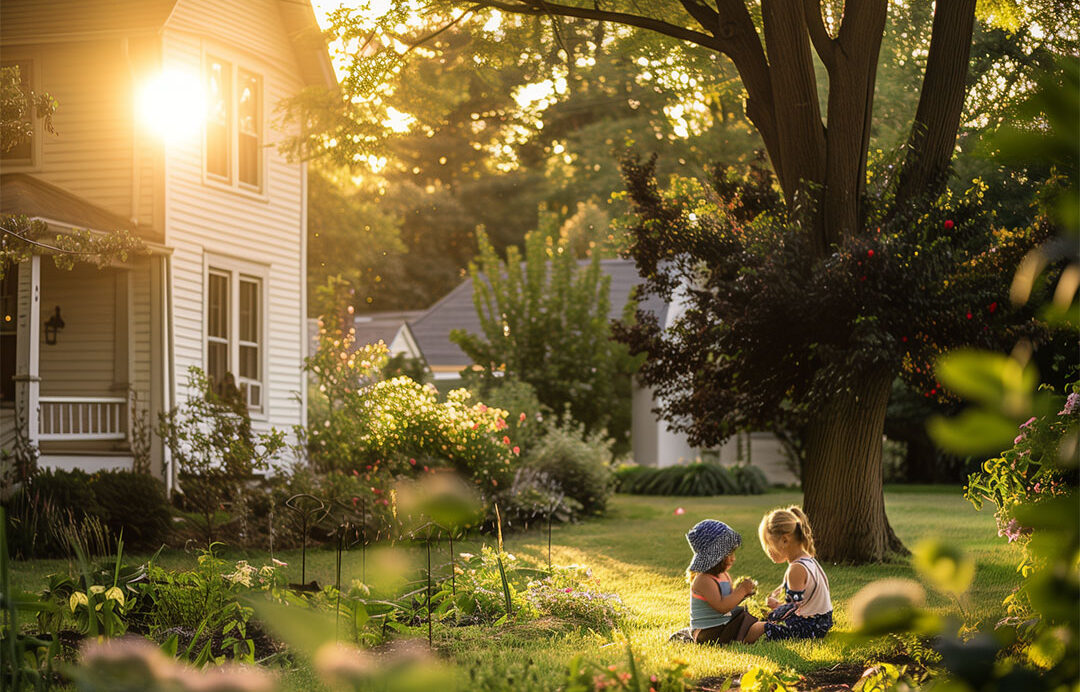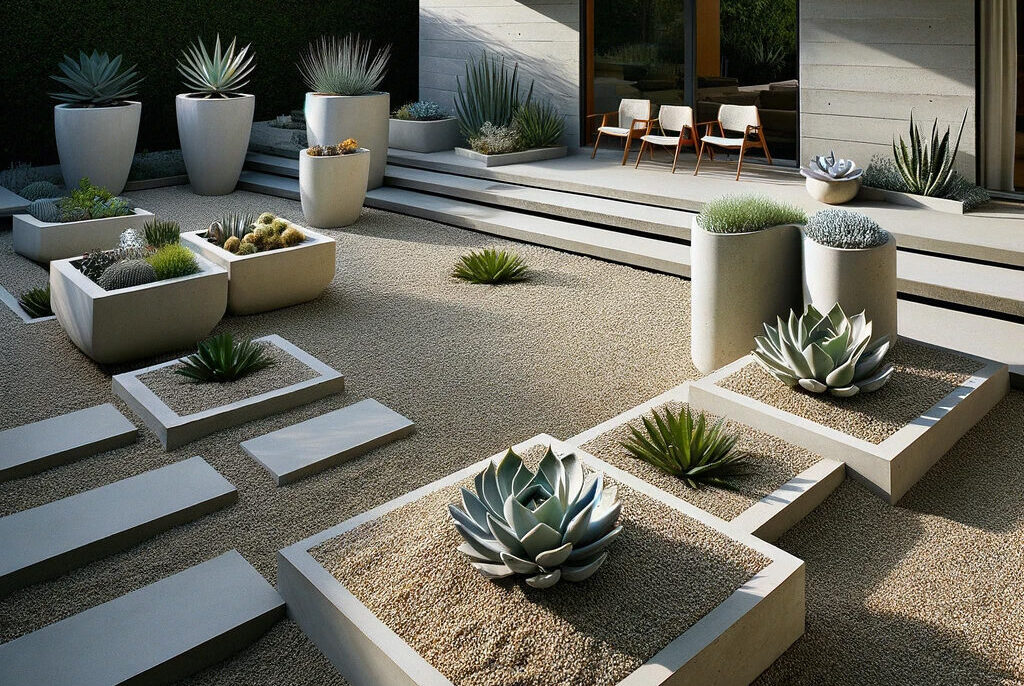When it comes to creating a beautiful and functional landscape, choosing the right hardscape materials is crucial. Hardscaping elements, such as pathways, patios, and retaining walls, not only enhance the aesthetic appeal of your outdoor space but also provide practical benefits. However, with a wide range of options available, it can be overwhelming to determine which harscape materials are best suited for your landscape. In this article, we will guide you through the process of selecting the right hardscape materials to create the perfect outdoor environment.
1. Assess Your Landscape Needs
Before diving into hardscape material options, it’s important to assess your landscape needs. Consider factors such as the size and shape of your outdoor space, the purpose of the hardscaping elements, and your desired style. This evaluation will help you determine the quantity and type of materials required.
2. Determine the Functionality
Each hardscape element serves a specific purpose. Identify the primary function of the hardscape feature you wish to incorporate. Are you looking to create a cozy seating area, a pathway for easy navigation, or a water feature to add tranquility to your landscape? Understanding the intended functionality will narrow down your material choices.
3. Consider the Climate and Region
The climate and region in which your landscape is located play a significant role in selecting hardscape materials. Different materials perform better in certain climates. For example, if you live in an area with harsh winters, you need materials that can withstand freezing temperatures without cracking. Research the local climate and consult with experts to ensure the durability and longevity of your hardscape investments.
4. Evaluate Durability and Maintenance
Hardscape materials vary in durability and maintenance requirements. Some materials, like natural stone and concrete pavers, are known for their longevity and resistance to wear and tear. Others may require regular sealing or cleaning to maintain their appearance. Consider the amount of time and effort you are willing to invest in maintenance when choosing hardscape materials.
5. Determine the Aesthetic Appeal
The hardscape materials you choose should complement your overall landscape design and reflect your personal style. Consider the architectural style of your home, existing landscaping elements, and color scheme. For a cohesive look, select hardscape materials that harmonize with the surrounding environment.
6. Explore Hardscape Material Options
Now that you have assessed your landscape needs and considered key factors, it’s time to explore the variety of hardscape materials available. Here are some popular options:
6.1 Natural Stone
Natural stone, such as flagstone, bluestone, or limestone, offers a timeless and elegant look. It can be used for pathways, patios, and retaining walls, adding a touch of sophistication to your landscape. Natural stone is durable and requires minimal maintenance.
6.2 Concrete Pavers
Concrete pavers are versatile and come in various shapes, sizes, and colors. They offer a cost-effective solution and can mimic the look of natural stone or brick. Concrete pavers are known for their durability and easy installation.
6.3 Brick
Brick hardscaping materials are a classic choice that adds charm and character to any landscape. They are available in different colors and patterns, allowing for creative and unique designs. Brick requires regular maintenance to prevent weed growth between the joints.
6.4 Wood
Wood is a popular choice for decks, pergolas, and fences. It creates a warm and inviting atmosphere, perfect for outdoor entertainment. However, wood requires regular staining or sealing to protect it from weathering and rot.
6.5 Gravel
Gravel is a cost-effective option for pathways, driveways, and decorative areas. It comes in various sizes and colors, providing a versatile solution for different landscape styles. Gravel requires occasional raking and replenishment to maintain its appearance.
7. Seek Professional Advice on Hardscape Materials
If you are unsure about which hardscape materials to choose, don’t hesitate to seek professional advice. Landscape designers and contractors have extensive knowledge and experience in selecting materials that suit your specific landscape needs, style preferences, and budget.
Conclusion
Selecting the right hardscape materials for your landscape is a crucial step in creating a visually appealing and functional outdoor space. By assessing your landscape needs, considering functionality, climate, durability, maintenance, and aesthetic appeal, and exploring various material options, you can make an informed decision. Remember to seek professional advice when needed to ensure a successful hardscaping project.
FAQs
1. How much does hardscaping cost?
The cost of hardscaping varies depending on factors such as the size of the project, the materials chosen, and the complexity of the design. It is best to consult with a professional for accurate cost estimates.
2. Can I install hardscape materials myself?
Some hardscape materials can be installed by homeowners with DIY skills. However, for complex projects or if you lack experience, it is recommended to hire a professional contractor to ensure proper installation and longevity.
3. How long do hardscape materials last?
The lifespan of hardscape materials depends on various factors, including the quality of the materials, maintenance, and climate conditions. Durable materials, such as natural stone and concrete pavers, can last decades with proper care.
4. Can hardscape materials be recycled?
Certain hardscape materials, like concrete and brick, can be recycled. Check with your local recycling facilities or consult a professional to explore recycling options for your specific materials.
5. How can I incorporate hardscaping into a small backyard?
Even in small backyards, hardscaping elements can be creatively integrated to maximize space and create visual interest. Consider features like a compact patio, vertical gardens, or raised beds to make the most of your limited outdoor area.
More Useful Articles
- Bermuda Grass for High-Traffic Areas: Top Resilient Landscaping Solution for 2024
- ZeroScape Landscaping Designs: Crafting a Drought-Tolerant Garden
- Mastering Hardscape Installation in the Dallas-Fort Worth Area: Tips for Success
- Choosing the Perfect Hardscape Materials: A Guide to Enhancing Your Outdoor Space
- 5 Affordable Hardscape DIY ideas: Transform Your Outdoor Space without Breaking the Bank
For more information on creating beautiful landscapes and finding premium grass and landscaping supplies, visit A1 Grass, your trusted Premium Grass and Landscape Supply Retailer in the DFW area. We are here to help you achieve your landscaping goals and enhance the beauty of your outdoor space. Check out our website for additional articles on landscape design, maintenance tips, and more.




